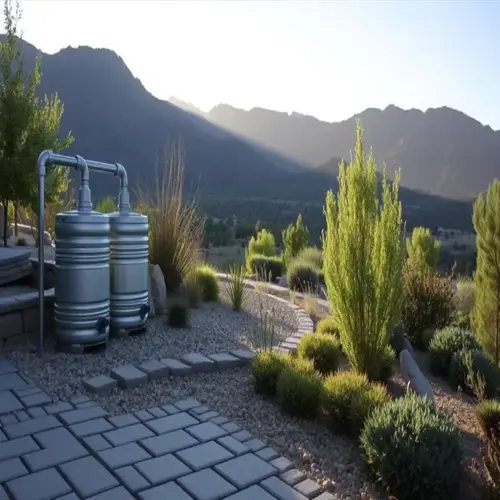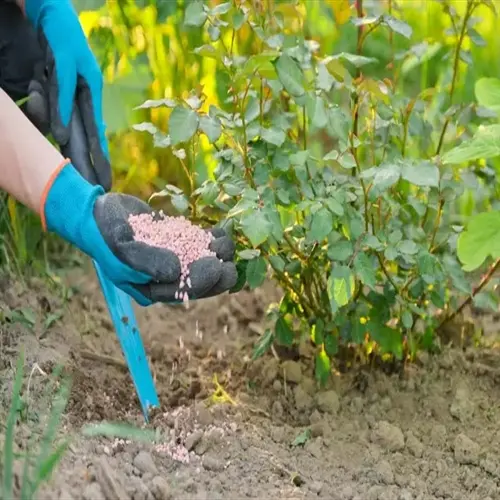What temperature damages beet crops?

Written by
Michael Sullivan
Reviewed by
Prof. Samuel Fitzgerald, Ph.D.Temperature extremes pose a significant challenge for beet crops, particularly at different stages of plant growth. Cold and heat stress, alike, create respective physiological changes that compromise root quality and yield. I have seen entire plantings lost to unexpected frosts and heatwaves, which is why monitoring temperatures is essential. Knowing the critical thresholds will help safeguard your crop through seasonal transitions.
Cold Damage
- Light frost: 28-32°F (-2-0°C) enhances sweetness without structural harm
- Cell damage: Below 25°F (-4°C) causes ice crystal formation rupturing cells
- Recovery limit: Roots frozen solid for over 4 hours become unusable
- Protection: Heavy row covers when forecasts predict sub-28°F (-2°C)
Heat Stress
- Stress threshold: Above 80°F (27°C) triggers lignin production creating woody texture
- Bolting risk: 5+ consecutive days above 85°F (29°C) causes premature flowering
- Internal damage: White concentric rings indicate pithy tissue formation
- Cooling technique: 30% shade cloth reduces soil temperature by 10-15°F (5-8°C)
Soil Temperature Effects
- Growth stall: Below 40°F (4°C) dramatically slows root cell division
- Germination failure: Seeds won't sprout if soil stays below 45°F (7°C)
- Texture impact: Fluctuations above 80°F (27°C) cause cracking and zoning
- Monitoring tool: Insert thermometer at 4 inch (10 cm) depth for accurate readings
Immediately detect visible damage signs. Frost-damaged beets will have translucent patches that turn black within hours. Heat-stressed plants will have curled leaves with purple veins and cracked roots. To check the internal texture, cut the sample roots in half. The healthy flesh color of beetroot should be uniform. Damaged beets will exhibit white rings or watery spots internally, indicating they should be harvested immediately.
Protective measures should be implemented before extreme predictions occur. When experiencing frost advisories, use hoops for row covers. Before the summer temperatures peak, use shade structures. I use wifi soil thermometers that alert me when I reach critical values. Maintain moisture in the soil at a 2-inch (5 cm) depth, as dry soil significantly impacts temperature-related damage.
Recover parts of the damaged crops by harvesting them selectively. Frost-killed tops indicate that the roots can still be edible if harvested within 24 hours. Heat-stressed beets can still be used if harvested before they become pithy. Sort the damaged roots for immediate processing and store the undamaged roots. Beet puree can be made into soup from frozen affected beets, and heat-damaged roots are best pickled.
Read the full article: When to Harvest Beets: Complete Guide

